In the late 1950s, one of Nikon’s lead designers at the time, Zenji Wakimoto, was handed down an arduous task that would prove to be one of his greatest triumphs: “Make a lens that’s better than the S-mount W-Nikkor 2.8cm f/3.5!” Wakimoto, who joined Nikon in 1948, already made a name for himself in 1955 for making Nikon’s first macro lens: the 50mm Micro-Nikkor f/3.5 for the S-mount. That lens was a groundbreaking design for its time which utilized a Xenotar type configuration, but his next Herculean labor would be a much more frustrating one; he must make Nikon’s first 28mm SLR lens.
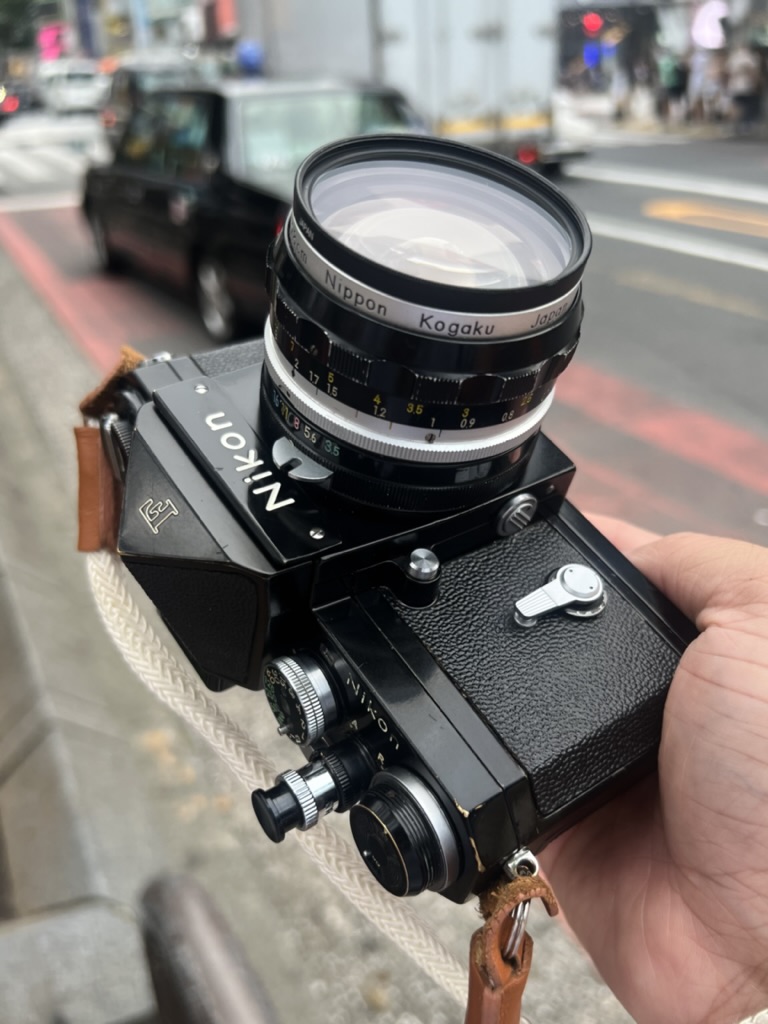
Now making a 28mm lens for a SLR doesn’t sound too complicated at first; I imagined one just needed to adapt a pre-existing rangefinder design to fit the new mount, and in a way Nikon did just that — the 2.1cm Nikkor-O f/4, was an older S-mount design just adapted to the then new F mount. However these ultra-wide lenses had a catch: their lens elements protruded into the body and close to the shutter curtain, which necessitated the internal mirror to be flipped up, rendering the camera “blind,” and a separate viewfinder was needed for composition. Focusing the lens in anyway was an impossibility and negated the main benefit SLRs had over rangefinders: an exact view of what you were looking at.
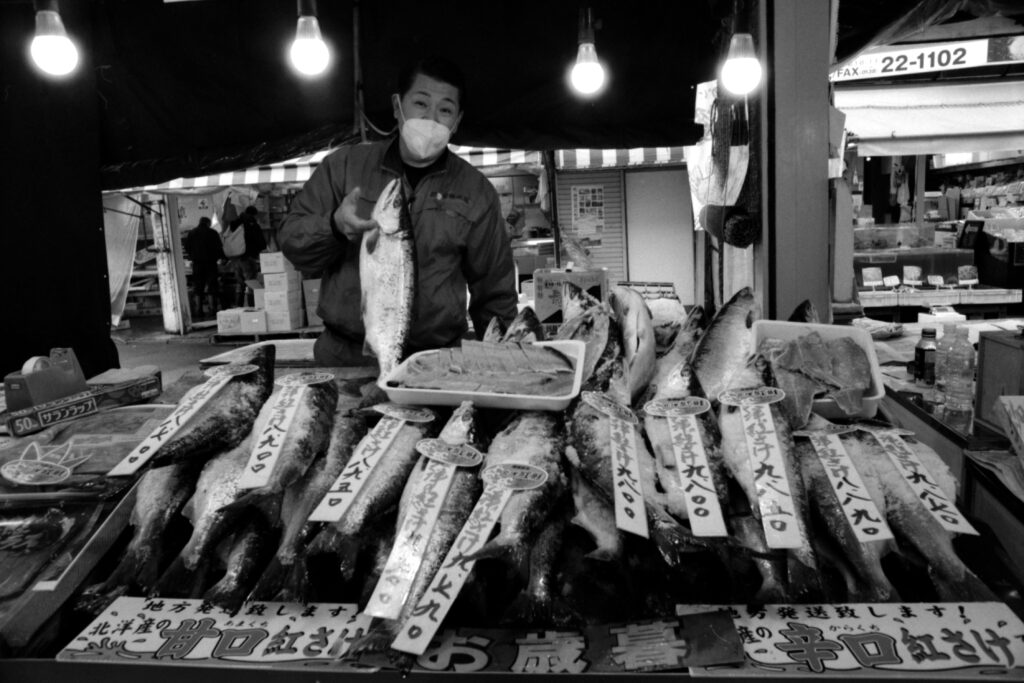
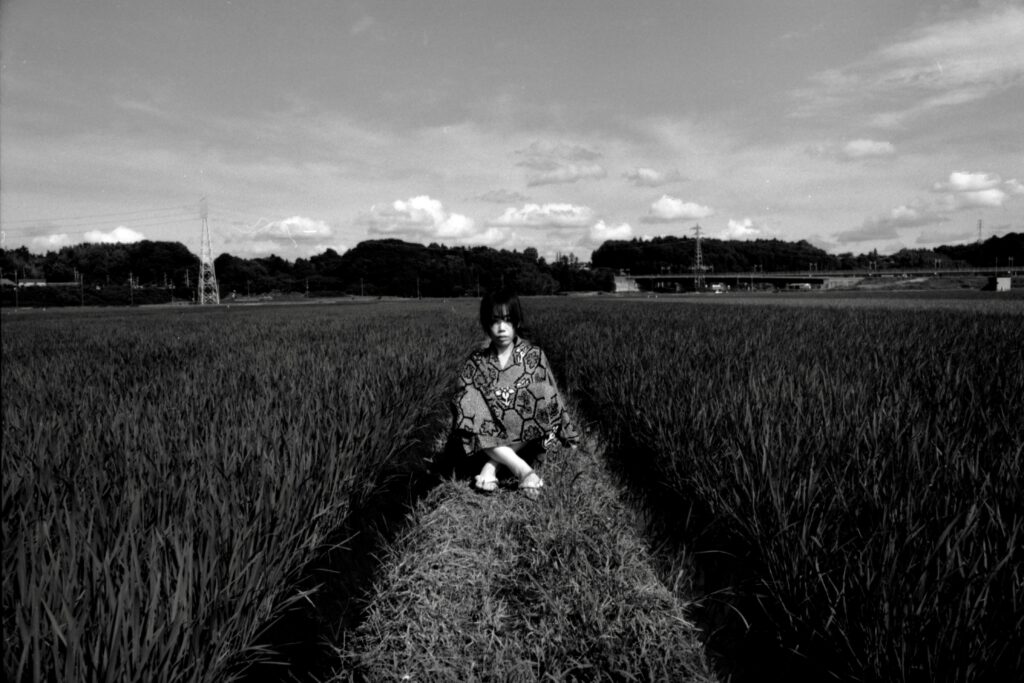
When the Nikon F was released it didn’t came with a dedicated wide angle lens outside the 2.1cm Nikkor-O, but surprisingly, this was actually as expected for the time; many back then thought the main benefit of SLR cameras lay in being able to focus long distance telephoto lenses which made portraits and landscapes easier. However, Nikon wasn’t content with this and wanted to make lenses in every format for their newly developed F-mount. So began one of Zenji Wakimoto’s many headaches. A groundbreaking commercial wide angle SLR lens of the time was the 35mm f/2.8 Retrofocus R1 developed by P. Angenieux in 1950. Zenji Wakimoto and his team considered converting this lens design into 28mm, but found the results woefully unsatisfactory. After trial and error, Zenji Wakamoto came up with an ingenious solution with a design that consisted of 6 elements in 6 groups.
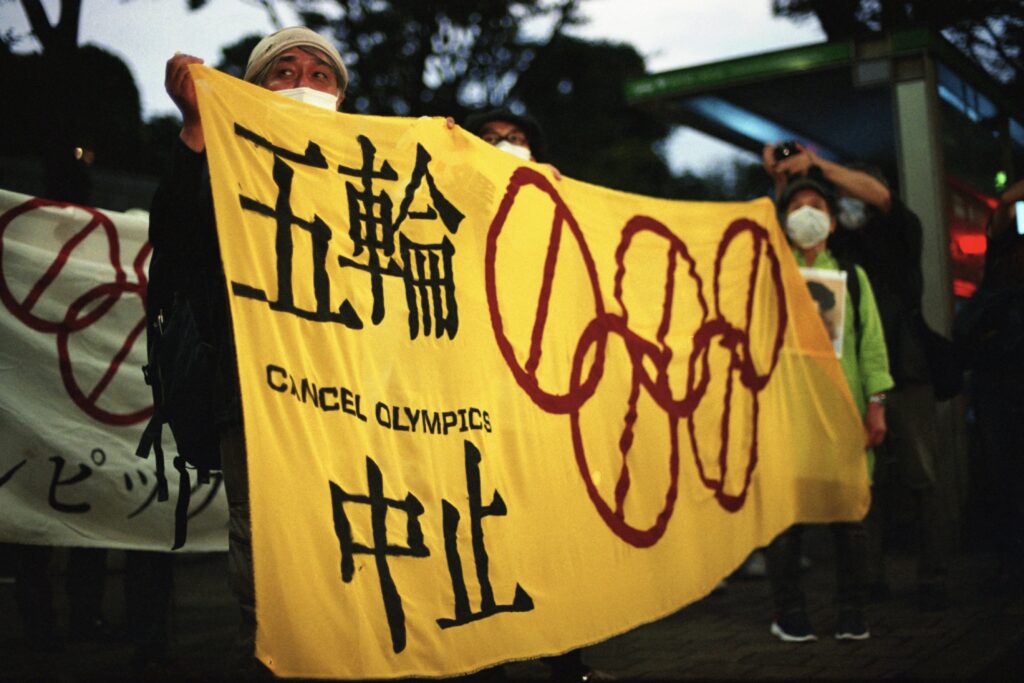
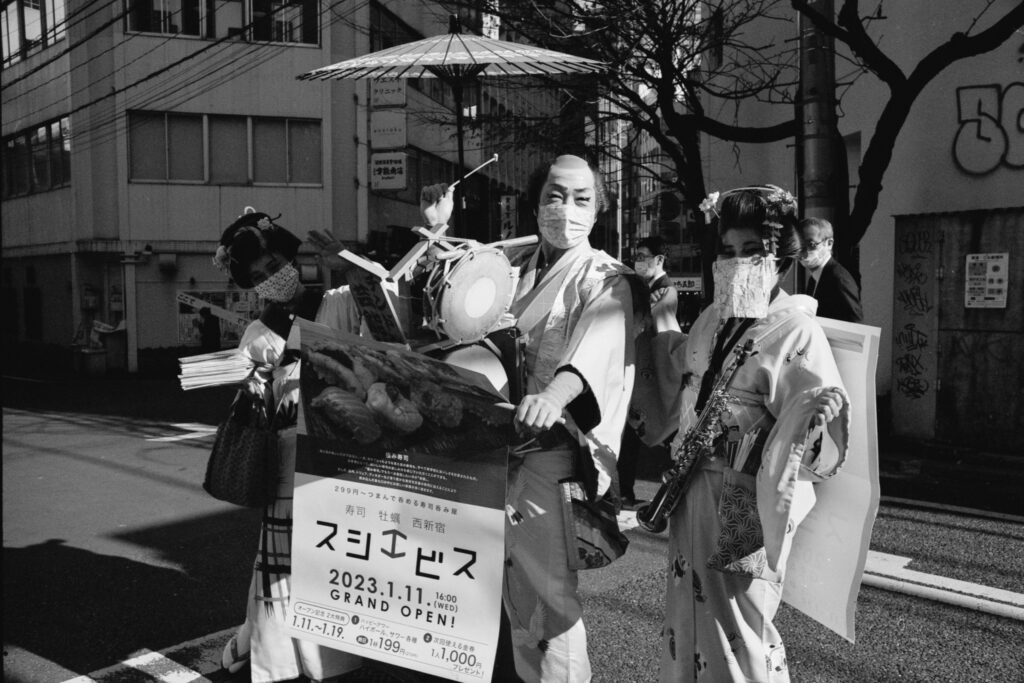
The design has two larger front lenses and four smaller lenses bunched up together in the rear and it was the latter four that were crucial. Up until this point, most wide angle lenses utilized a convex-convex-concave-convex lens configuration, but Wakimoto changed up the alignment to: convex-concave-convex-convex. Switching the placement of the concave lens significantly improved on the coma on the lens without sacrificing distortion and made it optically superior to the S-mount W-Nikkor 28mm. Nikon released this lens in 1960 as the 2.8cm Nikkor-H f/3.5, and every subsequent wide angle lens made by Nikkor stemmed from this design — and for his efforts, Zenji Wakimoto eventually became the president of Nikon’s famed Ohi manufacturing facility.
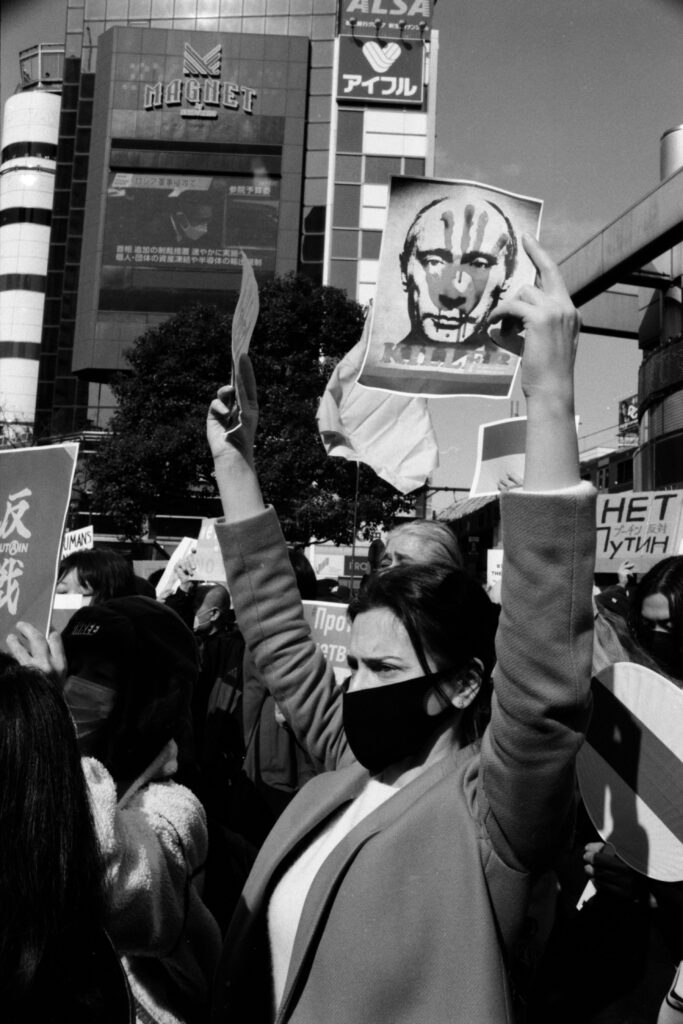
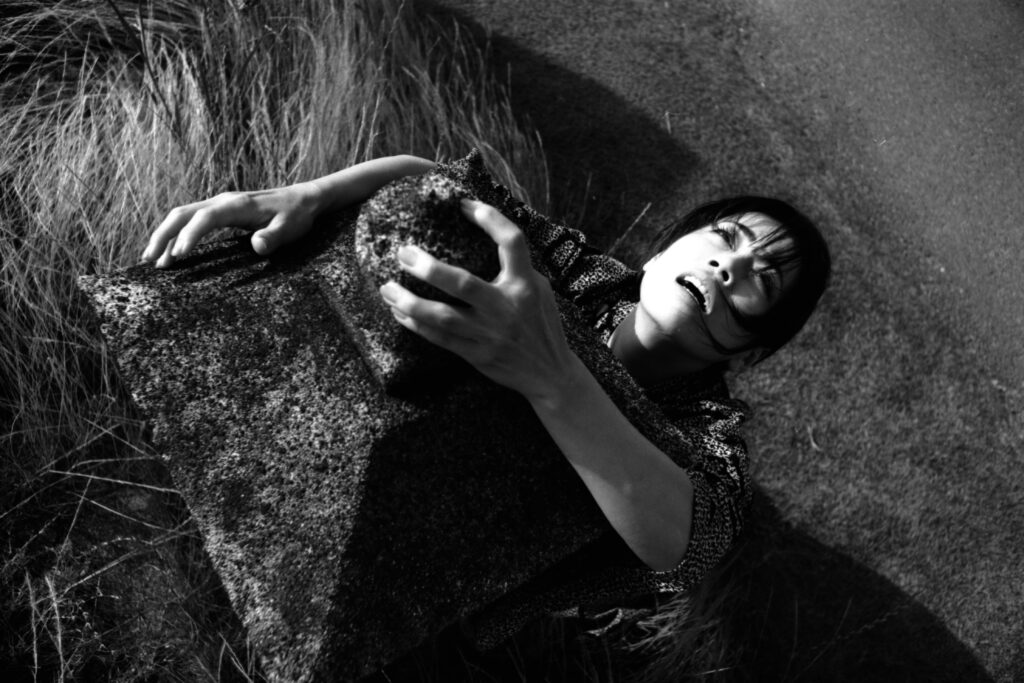
So how does this lens stack up?
The version I own is an early model, indicated by the engraving of “Nippon Kogaku” rather than “Nikon,” and labeled in centimeters rather than millimeters. It also has a chrome front barrel more common on earlier models and minimal coating, and let me tell you — this is one of the best lenses I have ever used.
Dr. Wakimoto really nailed it on the first try, and while I do own many optically distinct 50mm, 35mm and 85mm lenses, I have never truly sought after another 28mm outside of collecting purposes. The rendering of this lens has made it a good street photography lens, and oddly one of my favorite portrait lens. Most would rarely suggest a 28mm prime lens, and rather opt for 85 to 105mm, but this lens proved useful for my portrait purposes as I hope you can see. Stepped down, this lens is not as sharp as other more modern 28mms out there, but is still very crisp, and has a very pleasant subject and background separation in the images when it’s opened up. While I do prefer using this lens in black and white, the lens works perfectly in color and I have taken a lot of my favorite portraits with it such as those shown below with Hikari and Reina, two of my favorite models and creative collaborator. Despite being a 28mm, there’s little distortion and all of my subjects look fairly normal even up close and personal. This is one of the most versatile lens in my set up and it’s almost always glued to my Nikon F.
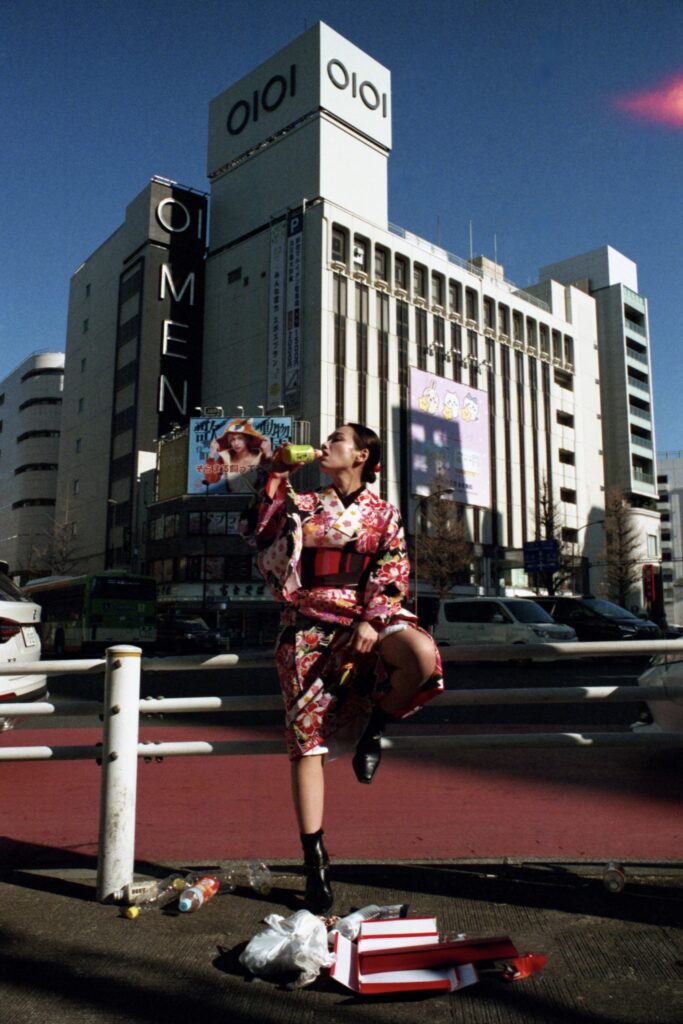
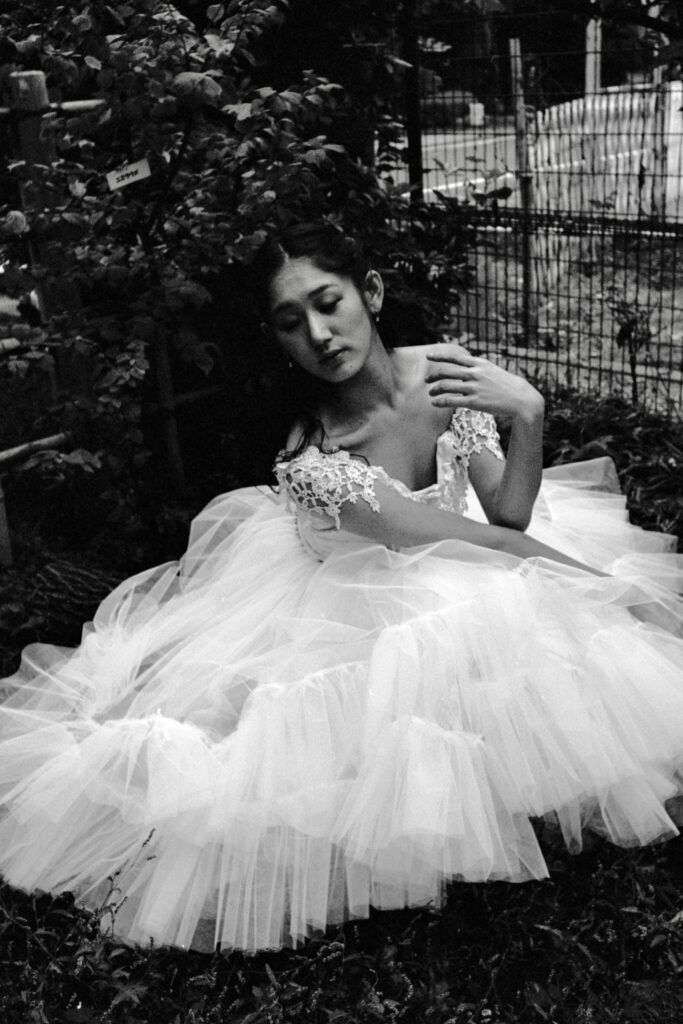
When it comes to street photography, I can say the images I get with this have this “photo-journalistic” look to it. It may be because of my shooting style or my general inspiration from the time period, but I love how the images I return with this lens have this look to it that I can only describe as: “good enough for a cheap local newspaper from the ’60s” which is an “aesthetic” I live for. Funnily enough, I feel this lens renders differently depending on the style as well. With my street photographs, I feel the images have this tangible rawness to them where you can truly see movement; but with portraits, I feel the images have this timeless look to it – still gritty and raw, but it feels distant in a good way. Maybe I am just waxing poetics at this point.
Story of a favorite photo.
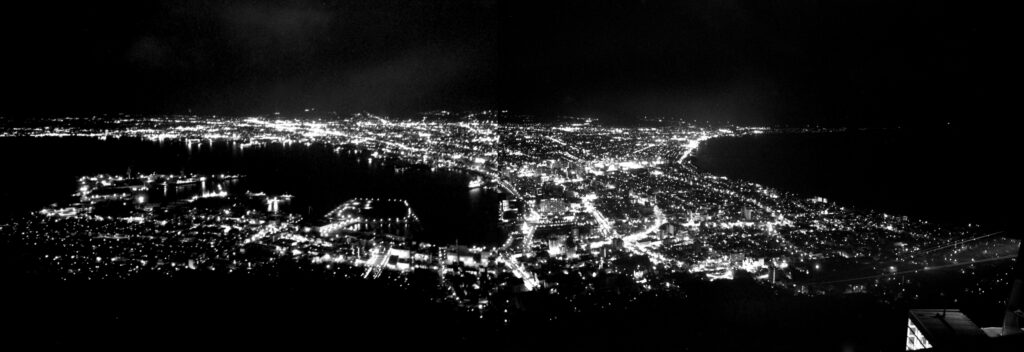
I’ve taken one of my favorite landscape photos of all time with this lens mounted on my Nikon F as well. I was at Hakodate, a small city in the northernmost prefecture of Hokkaido, Japan, for a short respite away from my old workplace mid-December 2021. Now I was traveling all around this historical town, full of old former embassies, an orthodox church, a star shaped fortress where the Samurai met their demise, and a vibrant fish market. There were so many things to photograph, but on one evening, I found myself with a group of travelers atop Mt. Hakodate. As soon as we reached the peak, the brisk breeze clammed my hands numb as I felt frost on my cheeks; snow wafted down gently as I took in the sight before me – Mt. Hakodate is one of the few places in Japan where you can see the Pacific Ocean meet the Sea of Japan and it was absolutely beautiful. I steadied my Nikon F to the best of my ability, and kept a close eye of the landscape – I exhaled slowly into my scarf trying my best not to fog my glasses, and took two shots on HP5 at 1/8th of a second wide open. When I returned to Tokyo a few days later, I was amazed that anything came back at all, and I had the two frames infused together online. It’s not a perfect shot, but I was grinning with joy with the image, gleeful that all of that effort paid off. I wonder how Wakimoto sensei would’ve felt about the shot, and I wonder if I have done him and his team justice. I found this marvelous relic sold for under $40 USD, and it has been one of the best purchases I’ve ever made. If you have a chance to find this lens, I can wholeheartedly recommend it – it’s such an underrated gem; while it is often overshadowed by it’s faster later siblings, I feel this 28mm has something just optically perfect to it, that it’s the only 28mm lens I’ve ever needed. Who knows, maybe you’ll see me atop a mountain somewhere trying to recreate another panorama shot with it again.
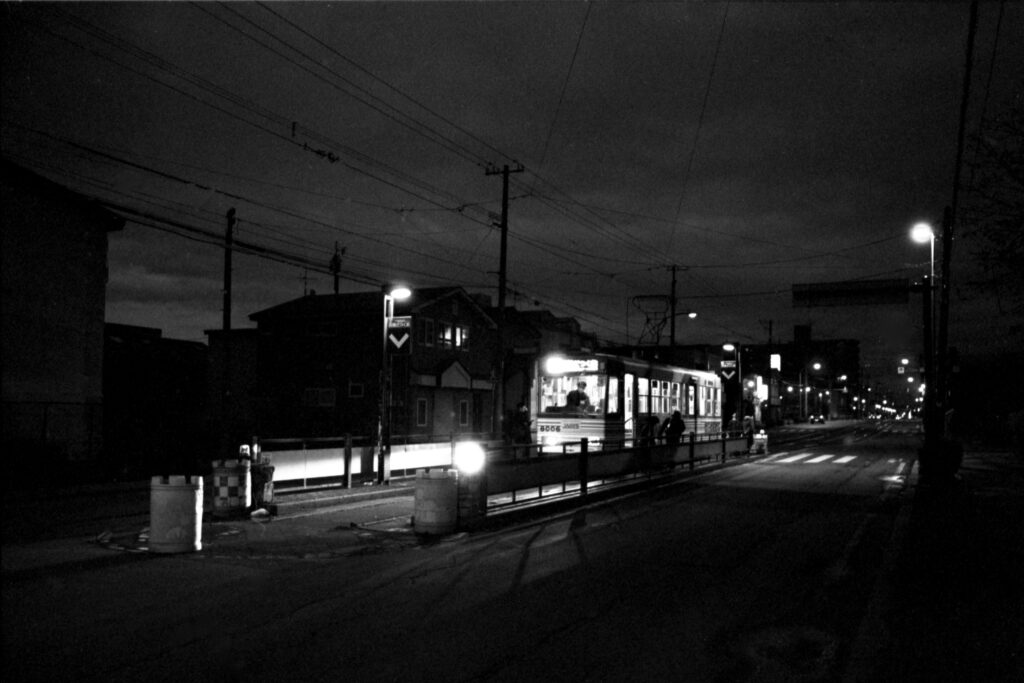
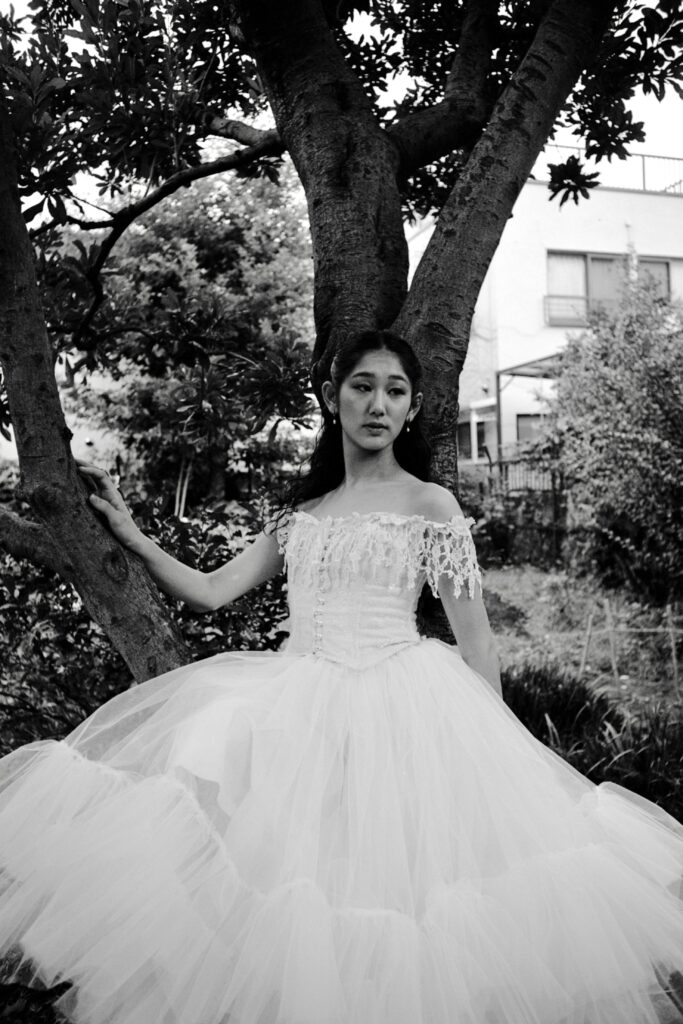
Thank you so much for reading my third article!
You can find me on instagram
Share this post:
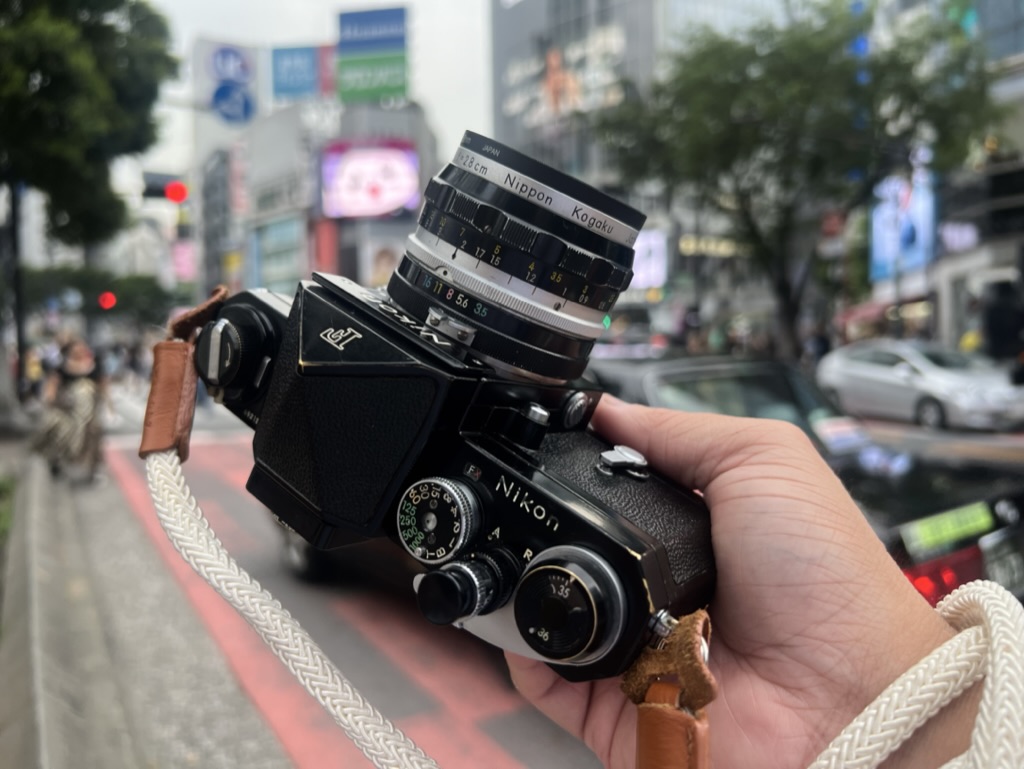
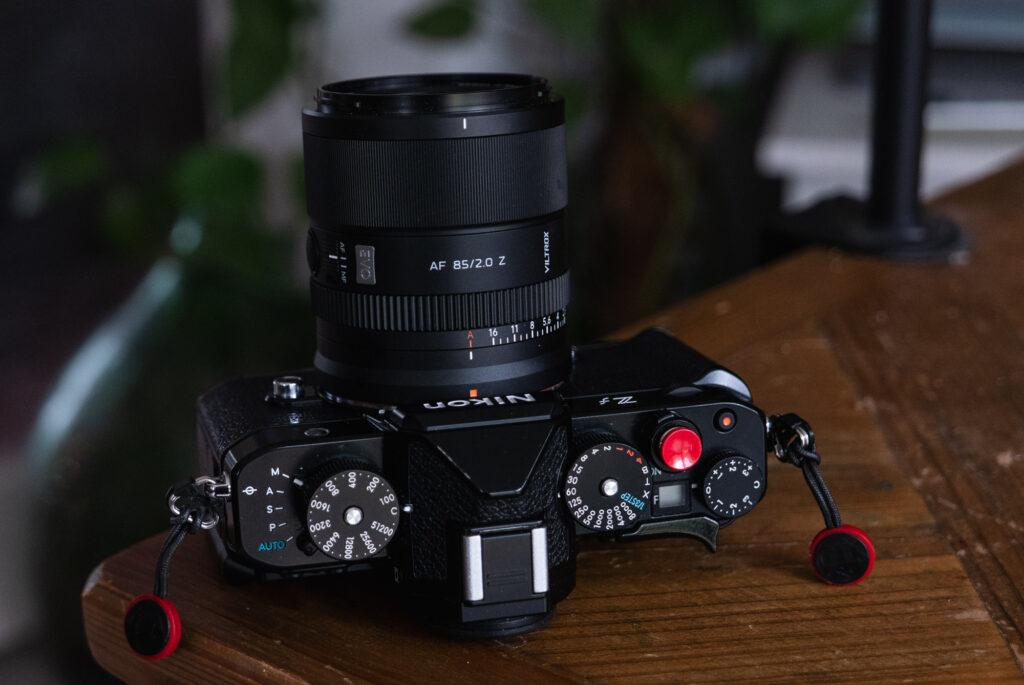

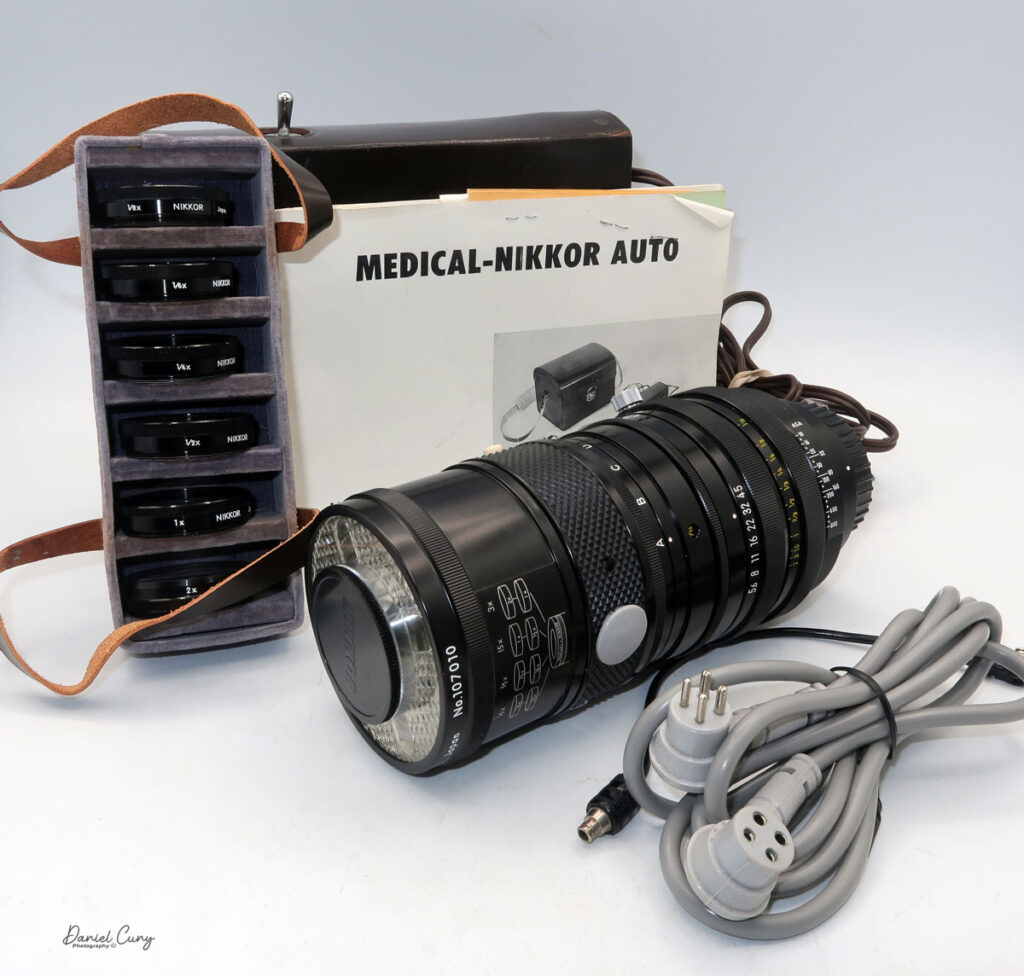





Comments
Michael Watkins on Nikkor-H Auto 2.8cm f/3.5 – Wakimoto’s Triumph and Nikon’s Hidden Legacy
Comment posted: 18/10/2024
It's also very consistent in terms of manufacturing tolerance. I shouldn't admit it, but I have more than ten copies and they are all remarkably similar in performance. And so easy to find as so many were made. It pairs really well with my D810 too, even at 36MP!
Comment posted: 18/10/2024
Jukka Reimola on Nikkor-H Auto 2.8cm f/3.5 – Wakimoto’s Triumph and Nikon’s Hidden Legacy
Comment posted: 18/10/2024
I use a bit similar set-up as you. A Nikkormat FT2 with a 35mm f/2.0 pre-ai Nikkor. Big
and heavy combo, but I really like to use it.
Comment posted: 18/10/2024
Gary Smith on Nikkor-H Auto 2.8cm f/3.5 – Wakimoto’s Triumph and Nikon’s Hidden Legacy
Comment posted: 18/10/2024
Comment posted: 18/10/2024
Hamish Gill on Nikkor-H Auto 2.8cm f/3.5 – Wakimoto’s Triumph and Nikon’s Hidden Legacy
Comment posted: 18/10/2024
I have wanted a black f for ages - I have a silver one, it is lovely... but the black with the silver film advance... ...
Comment posted: 18/10/2024
Graham Line on Nikkor-H Auto 2.8cm f/3.5 – Wakimoto’s Triumph and Nikon’s Hidden Legacy
Comment posted: 19/10/2024
Comment posted: 19/10/2024
Geoff Chaplin on Nikkor-H Auto 2.8cm f/3.5 – Wakimoto’s Triumph and Nikon’s Hidden Legacy
Comment posted: 19/10/2024
Russ Rosener on Nikkor-H Auto 2.8cm f/3.5 – Wakimoto’s Triumph and Nikon’s Hidden Legacy
Comment posted: 19/10/2024
I've seen many examples of this lens over the years, and never thought much about it. Always deemed "too slow and old coatings".
Your portfolio here has disproved my bias against this lens.
These images, the monochrome in particular, make me feel the way I did back in high school looking at street photographer's work as well as environmental portraits. This lens is ridiculously cheap, I bought a slightly later version of the pre AI with a black nose in nearly mint condition for $40 US. I plan to be using it on my F2. Thanks for this and I really dig your evocative work with the models. They seem to tell a hidden story, Reminds me of early Helmut Newton shots and also Eikoh Hosoe.
Jeffery Luhn on Nikkor-H Auto 2.8cm f/3.5 – Wakimoto’s Triumph and Nikon’s Hidden Legacy
Comment posted: 19/10/2024
Those are some powerful images! I've always been a Nikon guy. I bought my first Nikon F (used) in 1968. I don't have that camera anymore, but I have other old ones and plenty of old Nikkor lenses. There is certainly special mojo in the old gear. My 105mm is my talisman.
Thanks for that article. Jeffery
Larry de March on Nikkor-H Auto 2.8cm f/3.5 – Wakimoto’s Triumph and Nikon’s Hidden Legacy
Comment posted: 20/10/2024
Paul Quellin on Nikkor-H Auto 2.8cm f/3.5 – Wakimoto’s Triumph and Nikon’s Hidden Legacy
Comment posted: 21/10/2024